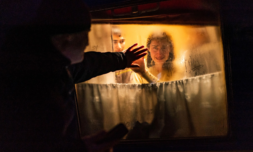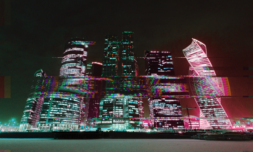Amid the continued conflict with Russia, Ukraine is moving to digitally preserve its national landmarks in case of potential damage or destruction. Crowdsourced Polycam scans are helping to build detailed renderings for future restorations.
Crowdsourced material is becoming increasingly important for Ukrainians amid Russia’s invasion.
Some of those who’ve remained within conflict areas, whether by choice or force, have been documenting events on a daily basis in the hope that the Russian military will face recriminations. Volunteers plan to bring digital dossiers of alleged war crimes to the International Criminal Court once the gunfire ceases.
This isn’t the full extent of Ukraine’s crowdsourcing efforts though. Following the recent destruction of a Mariupol art museum containing some 2,000 exhibits, the nation’s people are now moving to preserve important symbols of their culture and history.
An initiative called ‘Backup Ukraine’ has been launched by Blue Shield Denmark and the Danish UNESCO National Commission, which aims to mobilise civilian action to preserve buildings and heritage monuments that cannot be moved elsewhere.
Some citizens have physically covered statues with sandbags and packaging materials, but there is a way of contributing that is far more valuable. An app called Polycam, originally created by Virtue – Vice’s in-house creative agency – has been repurposed to record and store 3D renderings of landmarks.
The more videos recorded through the app, the more detailed the digital renderings become. The thinking is that if the worst case scenario does come to pass, and heritage sites are damaged or destroyed, accurate digital replicas could help aid in their reconstruction.




















